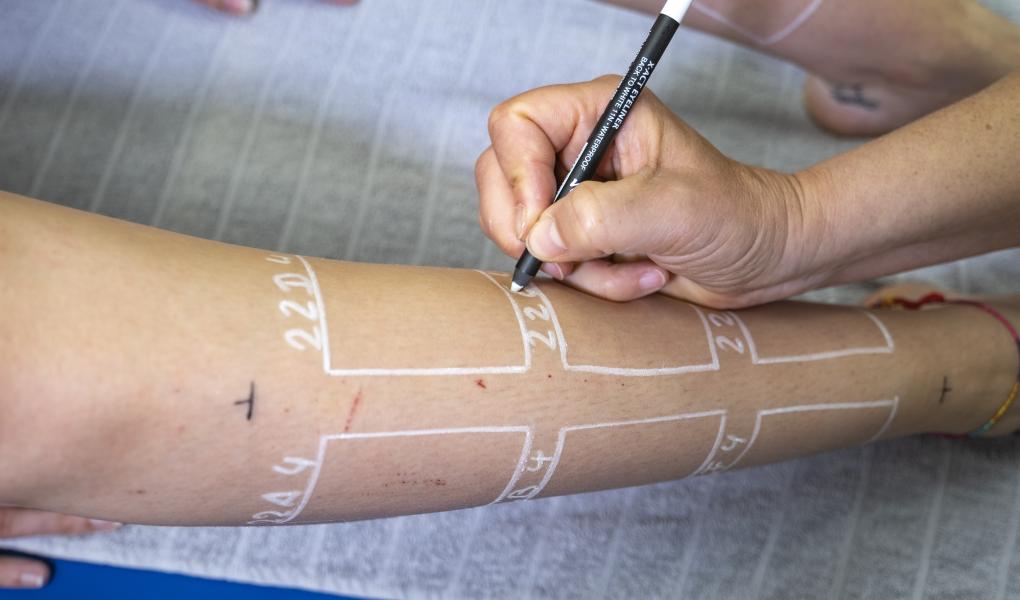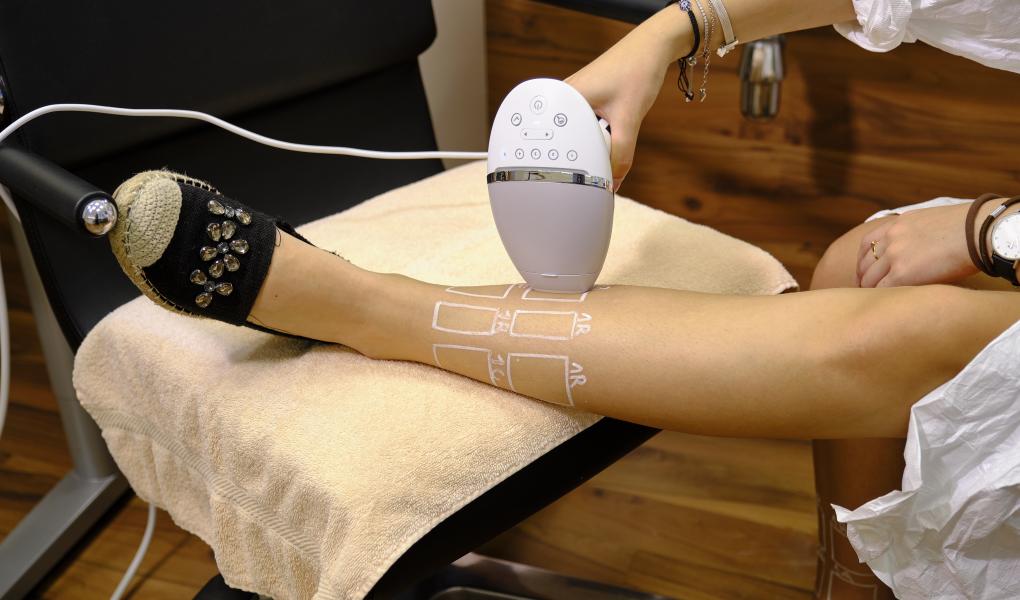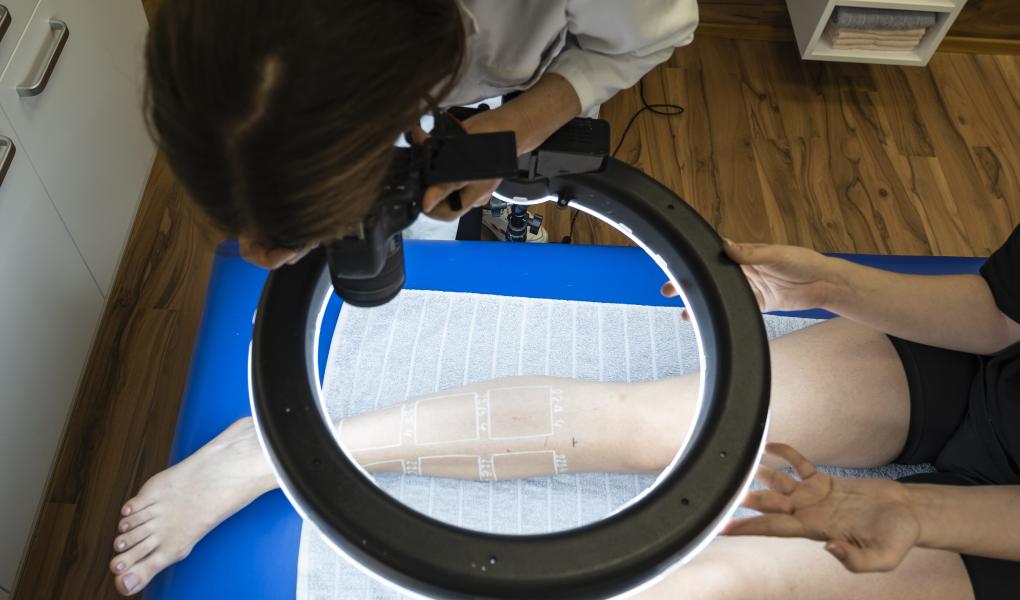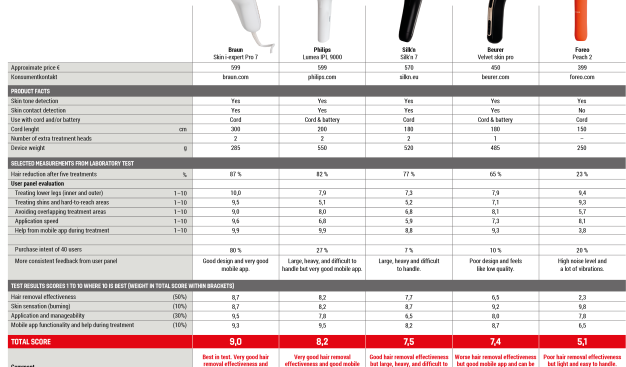Unwanted hair growth is a problem for many women – and men. Regardless of opinions on beauty standards, excessive hair growth can be both bothersome and frustrating. Shaving, waxing, and epilation are perhaps the most common methods for getting rid of hair. The latter two, however, involve quite a bit of pain as the hairs are pulled out. IPL devices, on the other hand, remove hair using intense light.
They resemble electric razors in appearance, but instead of a shaving head at the front, the device emits strong light pulses through a small window – somewhat like the self-scanners in grocery stores.
[PDF]
Testfakta, on behalf of Procter & Gamble, tested five hair removal devices that use so-called IPL technology. All the tested devices were premium models, equipped with a mobile app to facilitate use. In simplified terms, the technology works by the light being absorbed by the pigment in the hair. The light is converted into heat, causing the hair follicle to enter a resting phase, after which the hair falls out. Regrowth is also inhibited, leading to a reduction in the amount of hair that grows back. This technique should not be confused with laser treatments that are only performed in salons.
– The light from IPL technology is generally completely harmless to the skin, provided that you follow the manufacturer's instructions on how to use the product, says Dr. Bettina König, project manager at SGS Fresenius, the independent testing laboratory in Austria that conducted the test.
You can also get IPL treatments in salons. In that case, the results are more permanent because the light pulses are stronger than those in home-use products.
Twenty women underwent five treatments over seven weeks. The legs were divided into ten sections – five on each leg – to compare the results. The panel also assessed how effective the devices were, how easy they were to use, and how the skin felt during and after the treatment. In parallel, ten specialists from beauty salons also tested and evaluated the devices and the accompanying mobile app.
After seven weeks of treatment, the results varied greatly among the different devices. Foreo had almost no effect at all, while Braun Skin i-expert and Philips Lumea 9000 reduced hair growth by 87% and 82%, respectively. Bettina König believes that a qualified evaluation can be made after seven weeks and five treatments.
– The number of treatments and how often they are performed varies between different products, but five sessions are enough to see results and draw conclusions from them. However, it should be noted that the technique does not work on light, red, or gray hair. Nor if you have dark or tanned skin. – IPL technology works best on dark hair, as it absorbs the light the most, explains Bettina König.
In addition to testing the effectiveness, both the consumer and specialist panels evaluated the user-friendliness, treatment of different body parts, and the functionality of the mobile app. Here, both groups preferred Braun, which was also clearly reflected in the response to the question of which device they would consider purchasing, where just over 80% chose Braun compared to 25-30% for Philips.
However, it should be noted that this type of treatment is not entirely free from discomfort for the user. The higher the hair removal effect, the higher the heat and some stinging.




